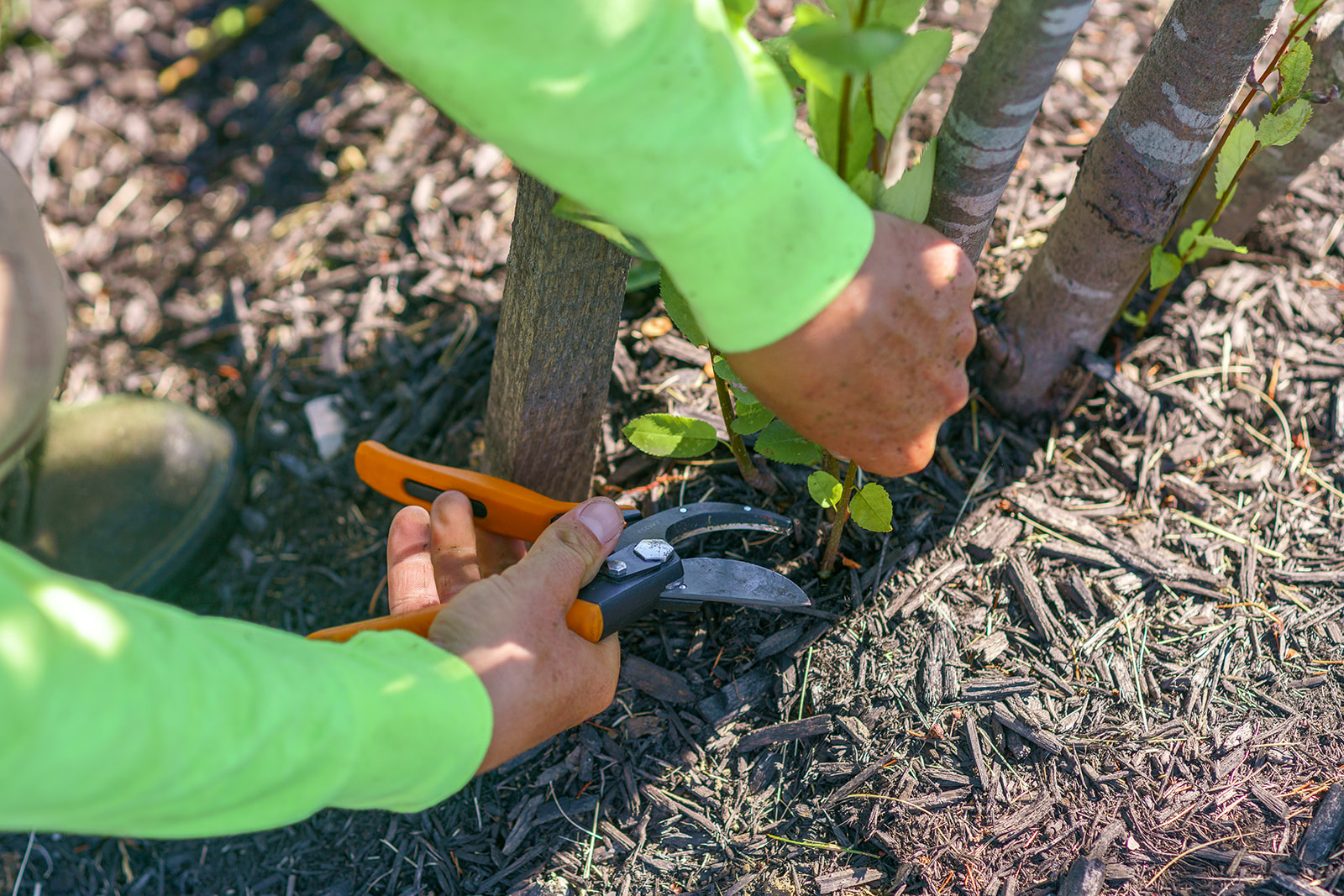
Many gardening enthusiasts ask us about the best ways to prune and divide their perennials. Here are some key tips to help you maintain a healthy, beautiful garden:
Why Prune and Divide?
While perennials will often survive if left alone, they won’t look their best. Proper pruning and dividing helps keep your plants vibrant and encourage new growth.
When to Divide Your Perennials
Low-Maintenance Perennials
Plants like Iris, Hostas, and various ferns are low-maintenance and require care only once or twice a year. For example, Moonbeam Coreopsis is a low-growing perennial with bright yellow flowers that bloom from late spring until the first frost. These plants thrive with minimal maintenance and can be easily divided to keep them healthy and thriving.
How to Divide Your Perennials
To divide your perennials, simply dig up the plant with a shovel and carefully split the roots into four to eight pieces, depending on the size of the plant. This process prevents overcrowding and allows you to replant the divisions in other areas of your garden.
Proper Pruning for Healthy Growth
If you didn’t prune your perennials last fall, now is the time to do it in the spring. Pruning helps encourage healthy, beautiful plants.